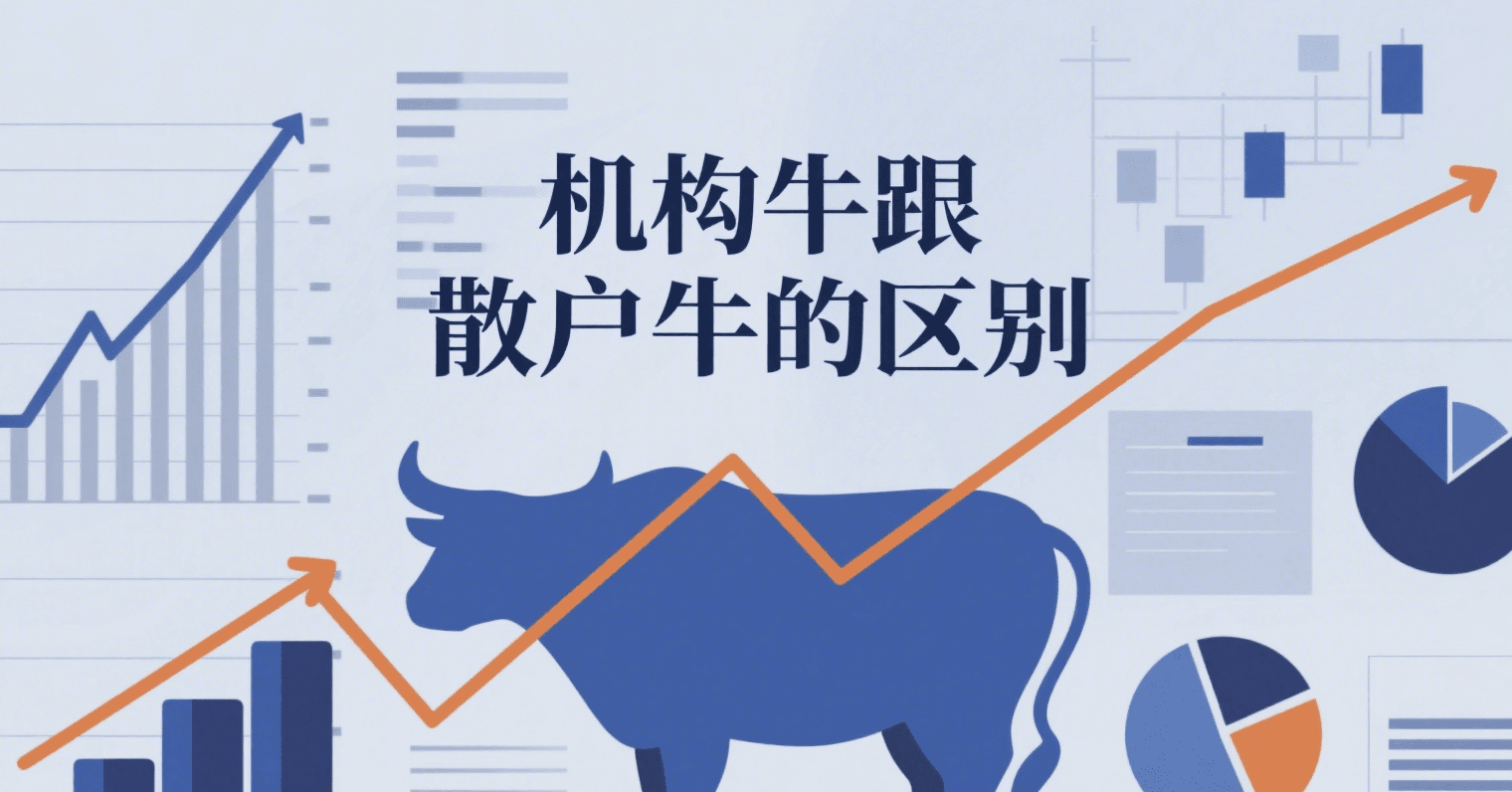In any market, retail/institutional investors are indispensable key players, but there are significant differences between retail and institutional investors, which are reflected in the market trends.
In the current cryptocurrency market, the dominant force is clearly visible - institutions. From the emergence of the BlackRock ETF to companies like MicroStrategy continuously increasing their holdings, institutional capital is flooding into this market with unprecedented strength, reshaping the underlying logic of the market.
Looking back at the bull market of 2021, it was set against the backdrop of global interest rate cuts and liquidity injections, with ETFs yet to be approved and the crypto market lingering on the edge of compliance, institutional attitudes were generally very cautious. However, whenever a KOL raised their voice, thousands of retail investors rushed in regardless of risks, and the FOMO sentiment within the community spread like wildfire, leading retail investors to completely dominate the market direction.
Today's institutionally driven market stands in stark contrast to the retail bull market of the past. The difference lies in perspective and scale: retail investors focus more on short-term gains, fearing to miss out when prices rise and fearing to be trapped when prices fall, often letting trading decisions be swayed by K-line fluctuations and market sentiment; in contrast, institutions look at long-term value, with their capital allocations often based on macroeconomic cycles, compliance breakthroughs, and asset allocation logic, where each investment is subjected to rigorous modeling and risk assessment.
This difference is directly reflected in market performance:
Retail-driven markets resemble a short sprint dominated by emotions, with significant market fluctuations. Small-cap coins and meme coins become the focus of capital due to their low cost and high elasticity. The market experiences rapid rises and falls within a short period, making it impossible to establish long-term value (hence the subsequent bubble bursts, with many people trapped at the peak).
Institutionally driven markets, on the other hand, resemble a long-distance race based on value, with relatively stable price fluctuations. Most consolidations and pullbacks stem from retail profit-taking rather than institutional withdrawals - after all, for institutions, cryptocurrencies have been incorporated into long-term asset allocation, where buying without selling becomes the norm. Under this logic, mainstream coins tend to be more favored because steady value growth can accommodate most institutional capital, thereby driving the market steadily upward over a longer period.
Institutional bull markets are slow bulls led by rational capital, relying more on compliance and fundamentals, which is constructive for the long-term development of the market; retail bull markets are fast bulls driven by emotional capital, with explosive potential but high bubble risks, primarily characterized by short-term speculative frenzy.
On a deeper level, the essential difference between institutional and retail bulls lies in the underlying driving factors. Retail bulls rely on emotions, which are like a candle in the wind, easily extinguished by a gust of bad news. In contrast, institutional bulls are anchored in compliance and fundamentals. As more publicly listed companies incorporate cryptocurrencies into their balance sheets, this value-recognition-based increase is evidently more sustainable.
So when you ask me when this cycle will peak, I can only say, there is no peak! As long as the macro environment does not undergo a fundamental reversal, the inflow of institutional capital will not easily stop. Rather than guessing the peak position, it is better to closely follow the steps of the institutions!